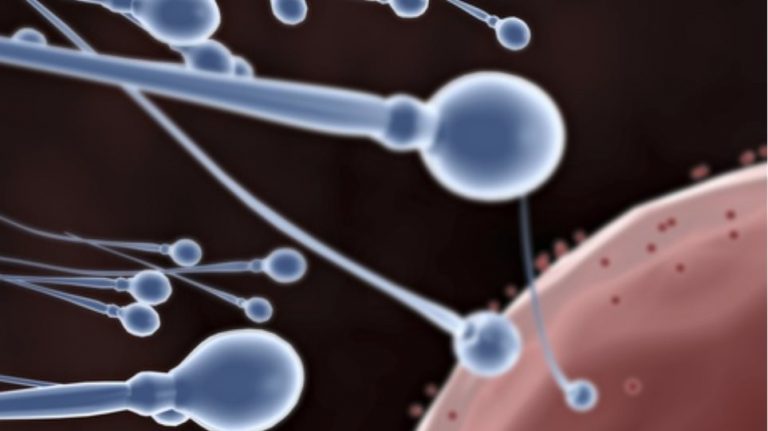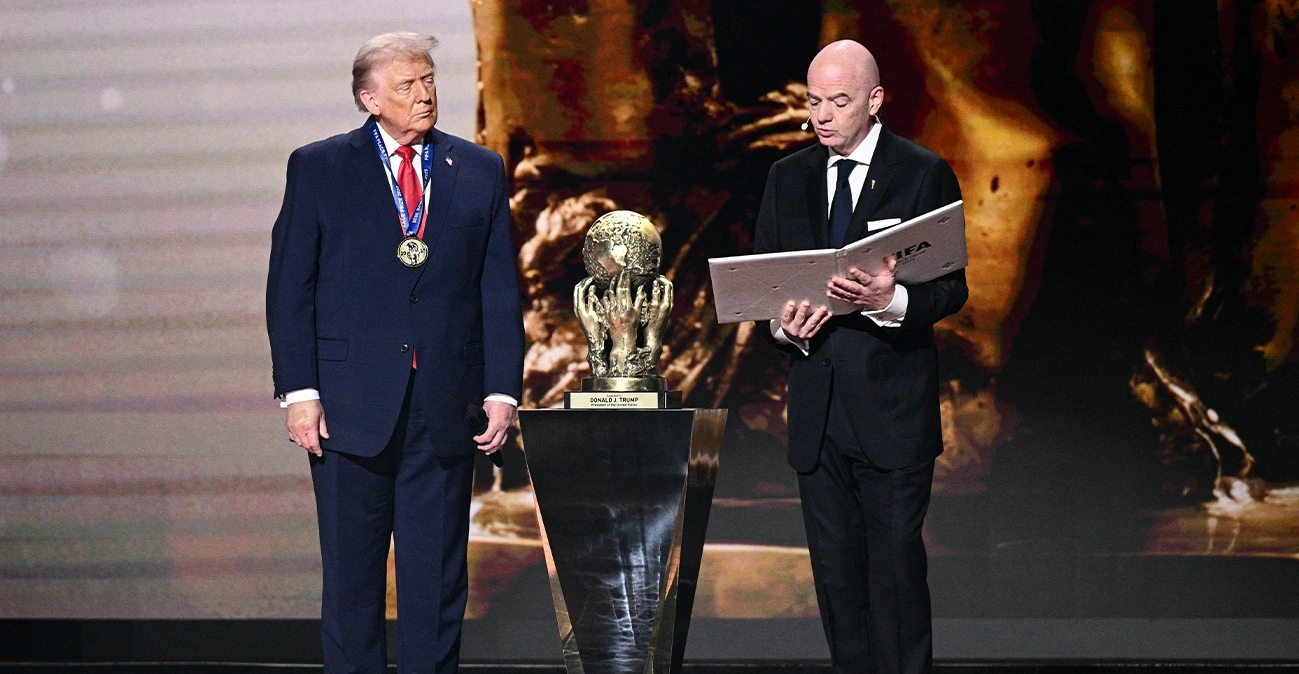Sperm is critical for the fertilization of almost every living organism on our planet, including humans. To reproduce, human sperm have to swim a distance equivalent to climbing Mount Everest to find the egg. They complete this epic journey simply by wiggling their tail, moving fluid to swim forwards. Though over 50 million sperm will fail to reach the egg – the equivalent to more than six times the entire population of London or New York – it only takes one single sperm in order to fertilize an egg that will eventually become a human being.
Sperm was first discovered in 1677 – but it took roughly 200 years before scientists agreed on how humans are actually formed. The “preformationists” believed that each spermatozoa contained a tiny, miniaturized human – the homunculus. They believed that the egg simply provided a place for the sperm to grow.
Driver dials 999 during Newcastle police chase and says “abort or I’ll drive off bridge”
Russia surprises Cyprus with move to scrap tax deal
On the other hand, the “epigenesists” argued that both males and females contributed to form a new being, and discoveries in the 1700s showed more evidence for this theory. Though scientists now better understand the role that sperm plays in reproduction, our latest research has discovered that sperm have actually been fooling scientists this whole time.
Read more: The Conversation
Ask me anything
Explore related questions





